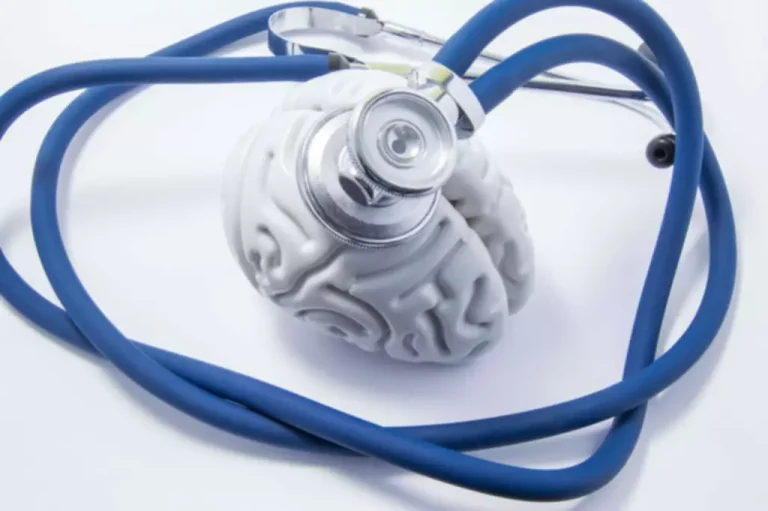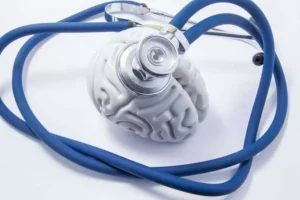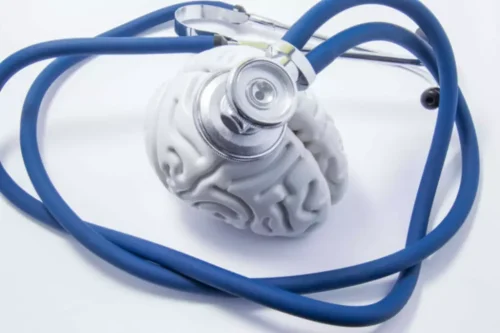Common myths and misconceptions about alcohol use
“So the actual cause (of any health benefit) probably wasn’t the alcohol at all,” Dr. Oesterle says. “It was just not pretty,” Grace said in one of her videos for The 30-Day Alcohol Experiment, her program that helps people reevaluate their relationship with alcohol. Among people with darker skin tones, it can present as stinging or burning and sensitivity to topical products, as well as “darker or dusky brown patches,” Justine Kluk, a dermatologist, told Refinery29. “When skin gets inflamed, it produces a condition called rosacea,” he said.
Before alcohol misuse gets to that point, seek help — it’s OK if vanity leads you there.
Even if your physical or https://mttx.ru/podklyuchaetsya-telefon-kak-modem-kak-ispolzovat-smartfon-kak-modem-dlya/ mental wellness isn’t noticeably affected, your drinking might be a point of contention between you and your loved ones. Perhaps your adult children worry about your health, or your partner dislikes the way you behave after a few drinks. As we age, we often rely on prescription or over-the-counter medication to manage health conditions, whether it’s sleeping pills or pain medication or medication for depression or other mood disorders.
Why Does Alcohol Make You Look Older?

Wrinkles aren’t the only skin condition that can age you. Broken capillaries, the tiny blood vessels near the surface of the skin, tend to crop up as you get older. If you drink too much, the blood vessels can burst, causing red spots and spidery splotches. Older drinkers are maybe even more likely to experience this. Their blood vessels are less elastic than young people’s. Therefore, drinking alcohol can compound the natural effects of aging.

Skin Changes

The first thing you can do to reverse alcohol-aging is stop drinking. You can also begin detoxing to get any alcohol or other harmful substance out of your system. Excessive alcohol use can have other visual and non-visual adverse effects on the body that can cause premature aging.
- The study was conducted in over 2,000 individuals including both healthy participants and persons living with HIV.
- A loss of identity, status, or purpose can even contribute to feelings of depression in older adults.
- Learn which signs to look out for, and how to care for your well-being.
- Mixing alcohol with opioids or benzodiazepines like diazepam (Valium) is one potentially deadly combination.
- This is a negative thing because men are supposed to carry more weight in their bellies while women are supposed to carry more weight around their hips and thighs.
- When participants also were given an infusion of alcohol, this decreased by another 19%.
Your Alcohol Consumption
During the early days of the pandemic, 14 percent of older adults reported drinking more, according to a national survey by University of Michigan researchers. (However, 27 percent drank less, possibly because work-related and social drinking became less frequent.) Of those ages 50 to 80 who do drink, 23 percent downed three or more drinks in a typical session. Excessive alcohol consumption can even cause us to look older. One study found that men who consumed more than 35 drinks a week were 35% more likely to display “arcus corneae” — a gray ring in the eye that often pops up in old age. Women who had 28 drinks or more per week had a 33% higher chance of developing the same syndrome. It is never too late to get the help that you need for drinking.
Other Aspects of the Alcohol and Aging Dilemma
Because drinking is such a common activity, it’s not always easy to tell when moderate alcohol use progresses into alcohol misuse or abuse. Here are signs that you may be drinking more than is healthy. With age comes wisdom, but even older adults can be caught off guard by a drinking problem. However, you can always take steps to adopt a healthier relationship with alcohol.
This is a negative thing because men are supposed to carry more weight in their http://malchish.org/index.php?option=com_content&task=view&id=16&Itemid=35 bellies while women are supposed to carry more weight around their hips and thighs. These findings may help people make lifestyle changes to promote healthy aging. A nonlinear relationship between alcohol consumption and epigenetic age is very interesting. It suggests a complicated effect of alcohol use on health.
Alcohol, Aging, and Your Skin

Reach out to youth groups, community centers, local colleges, or volunteer groups to find mentorship opportunities in your area. Events like retirement or bereavement can make you question your purpose in life. You might feel that your sense of identity was tied to your job or your sense of meaning stemmed from your relationship with your late spouse. Or perhaps a diagnosis of dementia, cancer, or a https://womenbabe.com/features-of-a-male-nature.html similar condition has robbed you of your sense of independence. You can also get creative with long-distance communication.
And it can have some unhealthy indirect effects, as well. Ria’s telemedicine-based program is designed to simplify things, allowing you to access the support you need from the comfort of home. We use evidence-based methods to help you moderate or stop drinking, and our convenient smartphone app makes the whole process portable. You no longer need to disrupt your life in order to start drinking less.






